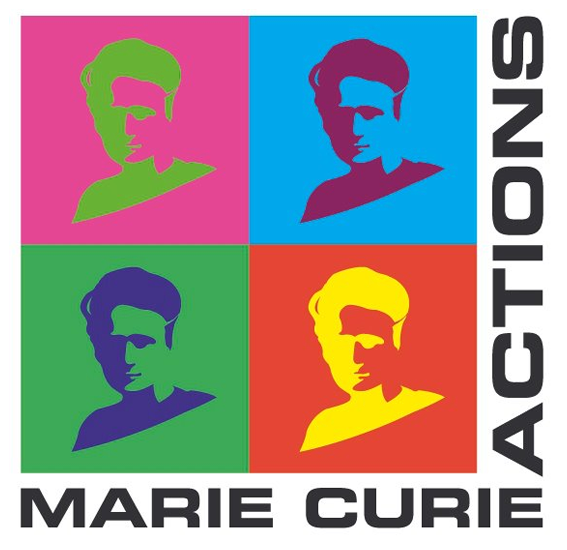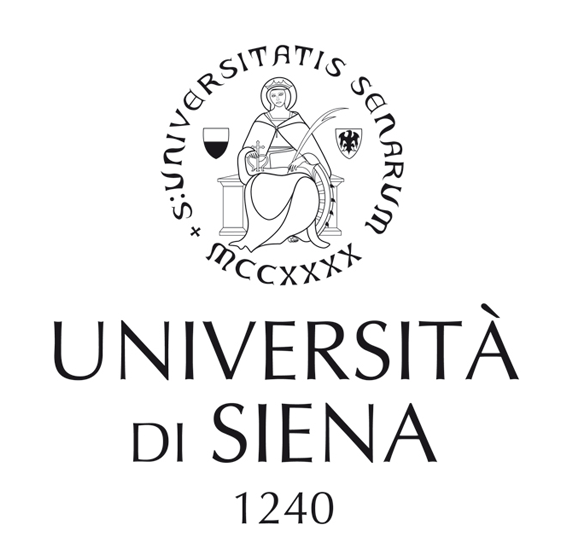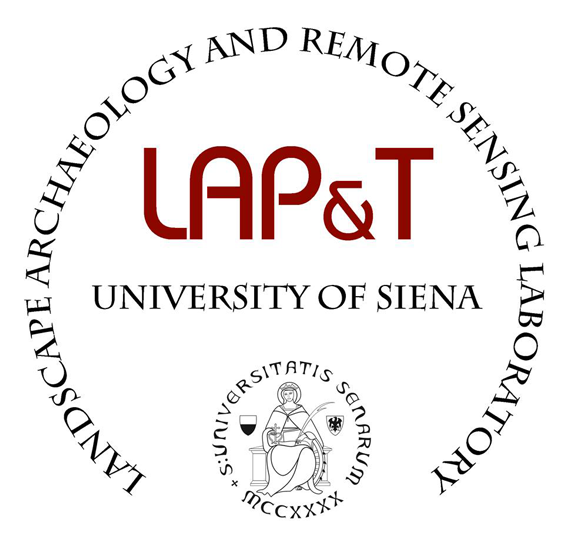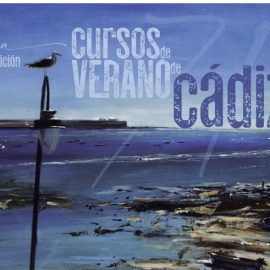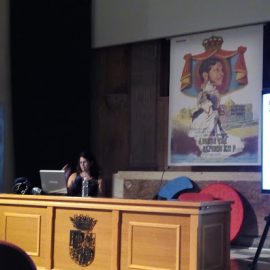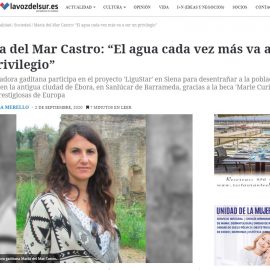NEWS
Video del proyecto LiguSTAR. LiguSTAR project Video.
The LiguSTAR project, Ligustinus Project: New Survey Techniques for an Ancient Riparian Landscape. H2020MSCA-IF-798529. Video resumen de los trabajos realizados en las marismas del Guadalquivir durante el desarrollo del proyecto europeo LiguSTAR. El... READ MORE
LiguSTAR in Amnis. L’acqua dalla materialità alla parola. 1-2-3 Dicembre 2021
https://www.cfs.unipi.it/wp-content/uploads/2021/11/AMNIS-locandina-convegno-2021.pdf READ MORE
LiguSTAR en los Cursos de Verano de la Universidad de Cádiz . Summer Courses of University of Cádiz- 19-21 Julio 2021
Título: A15. Mujeres y mundo antiguo en la provincia de Cádiz: un diálogo entre historia, gestión cultural y patrimonio Del 19 al 21 julio de 2021 tendrá lugar en el Edificio Constitución 1812 de Cádiz... READ MORE
LAC 2020+1 Virtually together. Session: 018 – Data, Assumptions, and Demonstrations. A Dialogue between 3D-GIS, Modelling and Remote Sensing in Strategic Landscape Research.
Session: 018 – Data, Assumptions, and Demonstrations. A Dialogue between 3D-GIS, Modelling and Remote Sensing in Strategic Landscape Research. 9 SENSING THE PAST. THE COMBINED USE OF REMOTE SENSING AND FIELD ARCHAEOLOGY APPLIED... READ MORE
LiguSTAR is in the European Researcher’s Night¡ This year ONLINE¡
This years, due to Covid-19, the European Researcher’s Night has to celebrated online. But it is not a problem, you could enjoy of all contents and discover how the researchers are doing in... READ MORE
LiguSTAR Conference organised by ASPHA (Arqueological Association) in Puerto Real (Cádiz)
27th Agost, Puerto Real (Cádiz, Spain) The ASPHA Professional Association of Historical and Archaoelogical Heritage of the Cadiz Province) organized a conference cycle called “A date with the Archaeology” at the Cultural Center... READ MORE
An interview about LiguSTAR project in a local newspaper .
María del Mar Castro: “El agua cada vez más va a ser un privilegio” READ MORE
